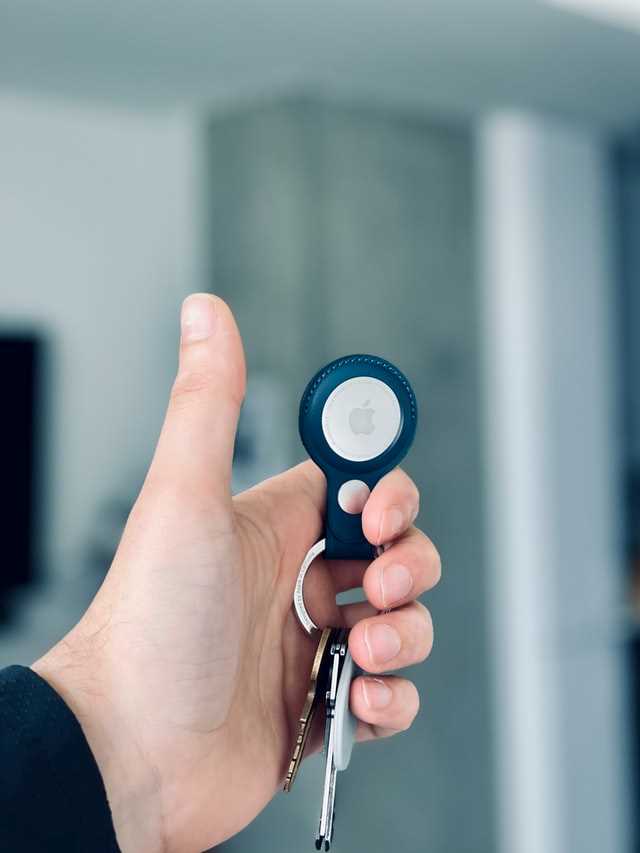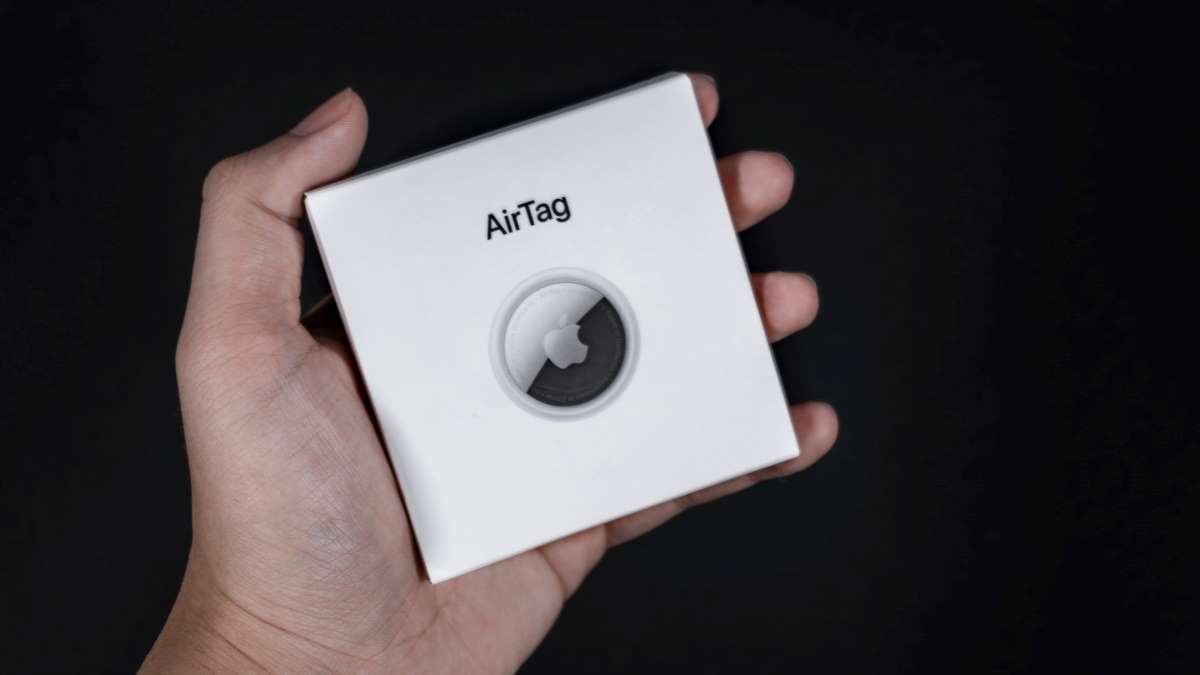As animal lovers, we’re all concerned about the possibility of one of our beloved pets getting lost or going missing. It’s a pet parent’s worst nightmare!
While some strategies like pet microchipping have been in place for many years to help assist you in locating a wayward pet, what about some recent developments in technology that might help you find a lost dog or cat?
As Labrador Retriever families know, Labs are adventurous, curious, and playful dogs with a typically strong hunt drive.
These traits make Labs wonderful family members but can also lead them into situations where they run off or go missing in search of something exciting.
(This article may contain affiliate links. As an Amazon Associate I earn from qualifying purchases. Learn more)
We’ve had our share of Labradors with the occasional “selective hearing” problem who may not immediately respond to a recall command, or who escape from even the most secure of leashes or harnesses and head off on a quick doggie adventure.
We’ve even had one of our Labrador Retrievers run off for a quick trip to Buffalo Wild Wings before being reunited with us.
If your beloved Labrador goes missing, can you use some of the latest technology from Apple to help locate your missing pet?
Let’s explore how the Apple AirTags work, and how some pet owners are using them to help keep track of their pets.
How Apple AirTags Work
Apple AirTags are a recent product released in the spring of 2021. About the size of a quarter, AirTags are nearly 1.25 inches in diameter and a third of an inch thick.

Intended as a tracking device with numerous possible uses, according to Apple, AirTags use Bluetooth technology that can be detected by nearby devices in the “Find My” network.
Even if your phone or device isn’t near the missing item, if someone’s Apple device is near your missing item, it can ping the location and be able to help you locate whatever’s gone missing.
Since its launch nearly a year ago, many Apple users have utilized AirTags on items such as their car or house keys, wallet, sunglasses, backpacks, luggage, kids’ items, etc.
(As AirTags do not have adhesive on them, it’s often necessary to purchase a case or holder for the AirTag if intending to attach it to something like a set of keys.)
Each AirTag is water-resistant with a replaceable battery that lasts (according to the manufacturer) about a year.
It can be linked to your iPhone, iPad, or Apple Watch, and will both play a sound and lead you to the location of the item it’s attached to. Some of the features work better with iPhone 11 models and newer.
Apple does not disclose the exact range of the AirTag product, but it’s believed to be that the device will “alert” at distances less than 50 feet (or even less if there are obstacles in the way). It’s not compatible with Android, though, and only works on the Apple Find My network.
Starting at $29, AirTags are also sold in packs of four for about $99. You can buy them on apple.com or stores like Best Buy, Target, Walmart, and Amazon.
There are two other competitors who make a similar product: Samsung makes the SmartTag & SmartTag+, and Tile makes numerous versions like the Tile Pro.
With these possible uses for AirTags, one additional question has arisen from pet owners: Could AirTags then be used to help you track and locate a dog or cat that’s gone missing? And how would this work?
How AirTags Might Help Pet Owners
If you can use an AirTag to find your lost keys, could you use it to locate the whereabouts of a missing pet?
It’s definitely possible to use an AirTag to help you identify your pet’s location, but with some limitations.
If you could attach an AirTag to your Labrador’s collar, and keep the collar on them at all times, you may successfully be able to track your pet’s location and find them in the event they go missing.
Since an AirTag doesn’t attach on its own, you would first need to purchase a holder or clip to attach the AirTag to your pet’s collar.
There are some types of holders sold by Apple, including a few very fancy ones like these made by Hermes, if your Labrador has high standards and is the kind that won’t devour something that nice!
You can also find third-party holders available on sites like Etsy and Amazon that claim to work by attaching or clipping to your dog’s collar.

Prices for these holders range from just a few dollars to $449 for the fancy Hermes one.
If you plan to keep the AirTag on your dog’s collar, and your dog will tolerate its use, you might have a better chance of success using an Apple AirTag to track them.
Pros & Cons of Using an AirTag to Track Your Pet
Pros:
At only $29, it’s a relatively inexpensive way to keep track of your pet, although not without its limitations.
The product is water-resistant and has a long battery life, which is one less thing to keep track of.
Because it works on Apple’s broad Find My network, there is a good chance that there will be users in the area to help “ping” the device and help you find your pet’s location.
However, if you live or take your pet to remote or rural locations, pay close attention to the limitations below!

Cons:
AirTags don’t operate on a satellite network, so if you intend to use it in a remote area you might find it does not work or it is much more difficult to track the location.
If there are not enough nearby users (such as in a rural or remote location) to transmit data on the location of the AirTag, it will be useless to you.
For example, if your dog escapes in a forest, mountainous area, or remote location, you might find that the AirTag will not help you much in finding them.
As many Labrador owners take their dogs outdoors, especially to rural hunting locations or remote areas for field work, please be aware of this limitation if you’re considering using an AirTag to help track your pet.
It’s not compatible with Android and only works on the Apple network, though you can find similar products from Samsung & Tile for Android users.
Depending on the temperament of your pet, you may find the AirTag might be too easy to slip off. In the event your beloved dog goes missing, the technology is only as good as its utilization.
You know your dog best: Is your dog the type to try to remove the AirTag from their collar? Would your dog tolerate something attached to their collar all the time that’s much larger than the usual ID tags?
Cost of Using This Method
You might be out about $40-$50 for using this method: $29 for an initial single AirTag purchase, and around $10-$20 for a basic holder to attach to your dog’s existing collar.
While the initial investment isn’t much, it’s actually about the same price as microchipping your pet at your veterinarian’s office, which is a much better and more thorough way of retrieving your pet should they be lost or go missing.
We recommend that you discuss microchipping your pet with your vet and that if you choose to use an AirTag to track or locate your dog, you do so in conjunction with microchipping and not as a replacement for doing so.

Summary
As technology continues to evolve and impress, pet owners are finding that AirTags might help be an additional useful tool in helping track and locate a pet if they go missing.
While it does have some significant limitations, especially in remote or rural areas, you might find that the AirTag system is one additional method you can use to give you assistance in tracking a wayward Labrador Retriever who’s gone off on a doggie adventure.
Make sure you always have a collar with tags and proper identification on your pet no matter where you take them.
We recommend if you choose to use an AirTag to track your pet that you do it in association with a microchip implanted and registered with your veterinarian, and as always seek out their guidance for your particular circumstances.







